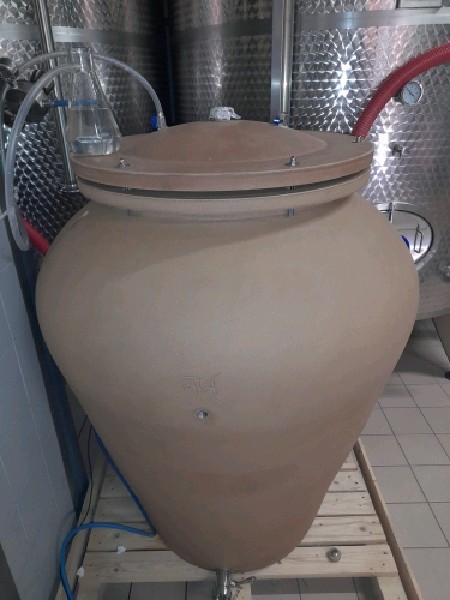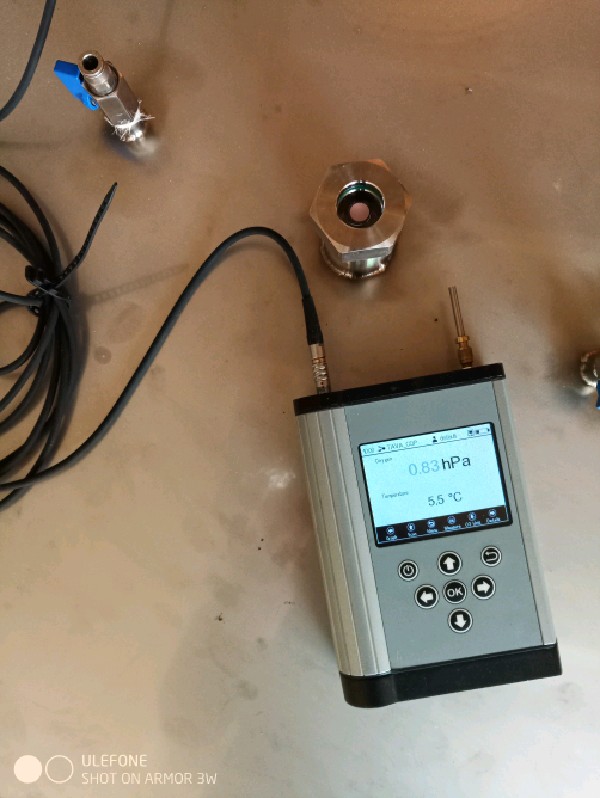Focus
Amphorae for oenological use: a new scientific approach for the characterization of oxygen permeability
Controlled management of the micro-oxygenation of wines and their evolution over time
Abstract
The desire on the part of many producers to enhance the identity characteristics of their wines, seeking fruity notes at the expense of the characteristic hints of “wood” attributable to the use of wood, has contributed to the spread in recent years of alternative wine vessels, characterized by a greater aromatic neutrality and oxygen permeability comparable to that of barriques.
Among these, amphorae for oenological use are increasingly playing a role of primary importance in wineries around the world. The absence of scientific literature relating to the oxygen permeability of amphorae, combined with the often conflicting information not supported by scientific evidence provided by many producers, however, make it difficult to understand how and when to use amphorae according to the pre-established oenological objectives.
For this reason, a research activity was started, which involved us together with the amphora manufacturer TAVA and UVaMOX of the University of Valladolid, with the aim of characterizing the micro-oxygenation rates of oenological amphorae and understanding the influence of the processing technique on the oxygen permeability characteristics of ceramic materials.
The results of the research carried out are reported in the article “A new scientific approach for the characterization of the oxygen permeability of amphorae for oenological use” published in the VVQ Vigne, Vini & Qualità magazine n.5 of July 2022.


